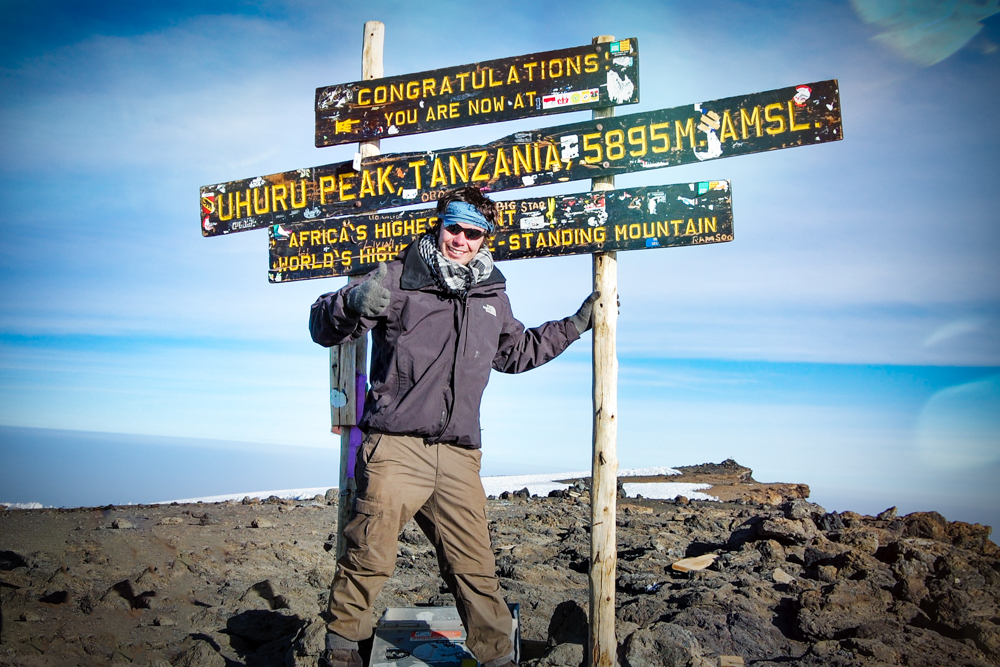For those seeking a quieter, wilder climb in Tanzania, trekking Mt Meru offers a striking, rewarding alternative to Kilimanjaro’s busy trails
While Kilimanjaro steals the spotlight, its lesser-known neighbour quietly offers one of East Africa’s most rewarding trekking experiences. Mt Meru, towering above the savannah of Arusha National Park, is often overlooked – but that’s precisely its charm.
With lush forests, abundant wildlife and dramatic volcanic ridgelines, this under-the-radar trek delivers big mountain drama without the crowds. If you’re seeking solitude, scenery and a serious challenge, trekking Mt Meru just might be Tanzania’s best-kept hiking secret.
Introducing Mt Meru
At 4,562m, Mt Meru is the second-highest mountain in Tanzania and the fifth-highest in Africa (or eighth, depending on your definition of a summit, but let’s not get into that here).
Although overshadowed by Kilimanjaro and frequently overlooked by trekkers, it is a spectacular volcanic cone with one of East Africa’s most scenic and rewarding climbs.
A trek to the summit takes you through grassland and lush forest on the mountain’s lower slopes, followed by a dramatic and exhilarating walk along the knife-edge of the crater rim.

Mt Meru has a circular base some 20km across at 2,000m, where it rises steeply above the plains as an almost perfect cone with an internal crater surrounded by a steep wall of cliffs. At about 2,500m, the wall has broken away, so the top half of the mountain is shaped like a giant horseshoe.
The cliffs of the inner wall below the summit are more than 1,500m high and among the tallest in Africa. Inside the crater, more recent volcanic eruptions have created a subsidiary peak called the Ash Cone.
Perfect acclimatisation for Kilimanjaro
Although trekking Mt Meru is a fine adventure in its own right, and considerably less costly than its famous neighbour, it’s also worth considering as a preparatory trek for the higher peak of Kilimanjaro.

Its 4,562m summit is roughly as high as the final campsites and huts on Kilimanjaro before the final summit push, making it excellent acclimatisation. The climbing is nontechnical and, apart from the challenging ridge walk as you approach the summit,…
Click Here to Read the Full Original Article at Atlas & Boots…
